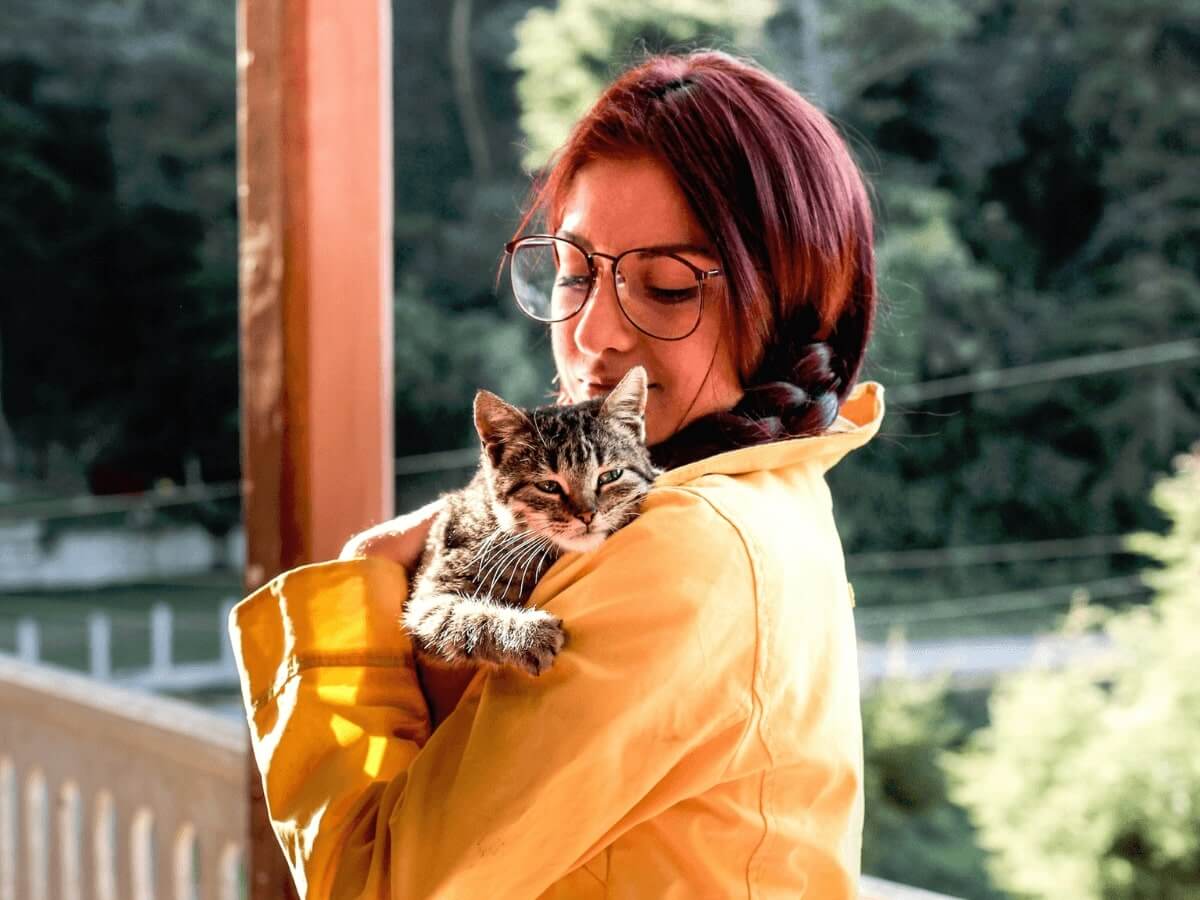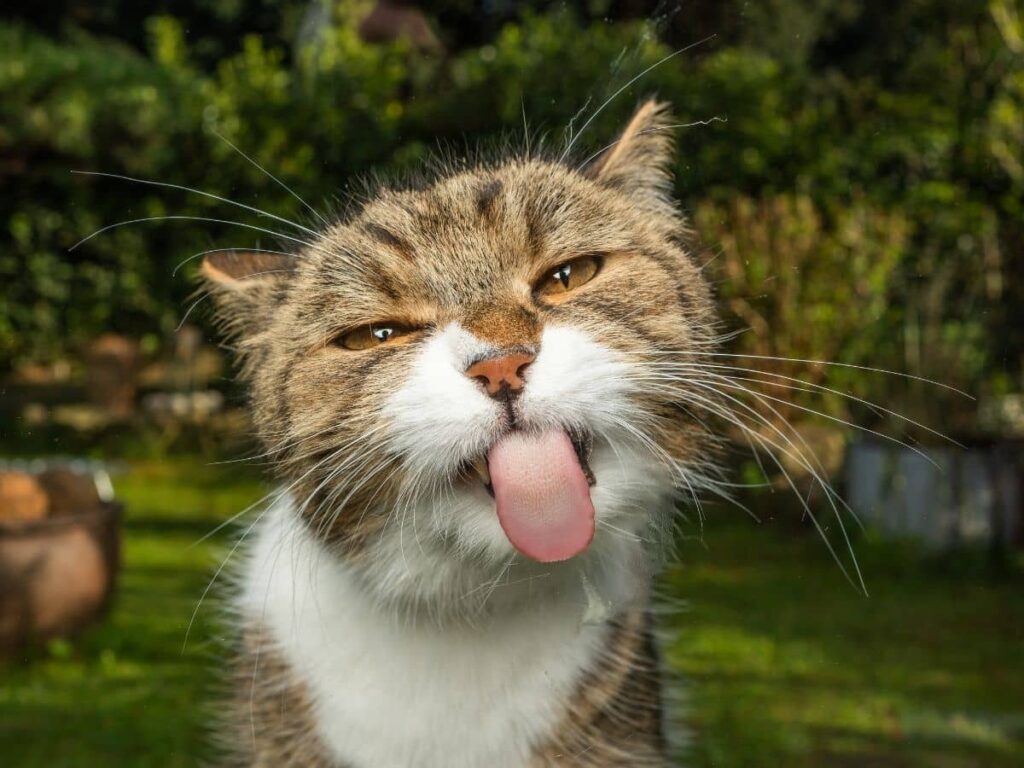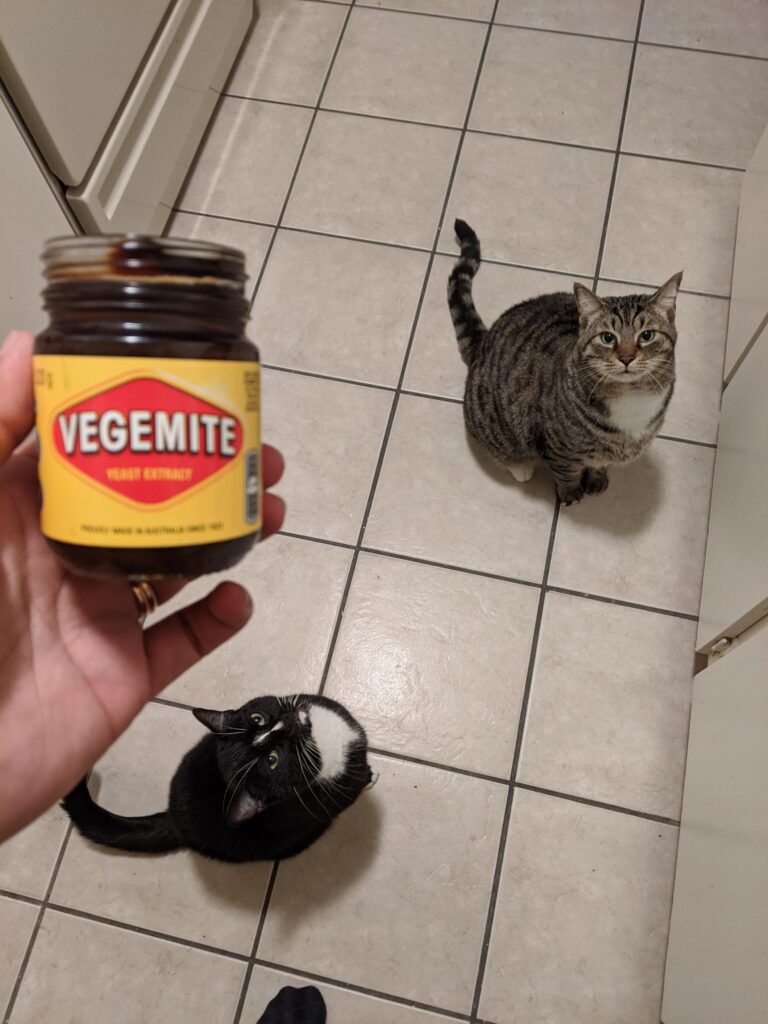Cats can eat jelly but it is not a recommended treat. Jelly may not be a favorite treat for cats due to its high sugar content and artificial flavorings.
However, it is not toxic and can be given in small quantities as an occasional treat. Cats are obligate carnivores and their main diet should consist of meat-based food. Offering a balanced and nutritionally complete diet is essential for their overall health and wellbeing.
While some cats may show interest in jelly, it is best to prioritize their dietary needs and consult a veterinarian for specific dietary advice.
Contents
- 1 Understanding The Feline Diet
- 2 Examining The Ingredients In Jelly
- 3 Assessing The Impact Of Jelly On Cats’ Health
- 4 Exploring Cats’ Reactions To Jelly
- 5 Exploring Cats’ Reactions to Jelly
- 6 Alternative Treat Options For Cats
- 7 Frequently Asked Questions Of Can Cats Eat Jelly? Do They Even Like This Treat?
- 8 Conclusion
Understanding The Feline Diet
Cats have specific nutritional needs that must be met for their overall health and well-being. A balanced diet is crucial for cats to thrive, and this includes providing them with the right nutrients in proper amounts. One important component of a cat’s diet is protein. As obligate carnivores, cats require a higher amount of protein compared to other animals. Protein is essential for the growth and maintenance of muscle tissues, as well as for supporting various physiological functions.
When it comes to feeding cats treats like jelly, it’s important to consider their nutritional requirements. While cats may be attracted to the taste and texture of jelly, it should be given in moderation. Jelly is typically high in sugar and doesn’t provide the necessary nutrients that cats need. Feeding too much jelly can lead to weight gain, digestive issues, and even diabetes in cats. Instead, it’s best to opt for treats specifically formulated for cats that are nutritious and suited to their dietary needs.
Examining The Ingredients In Jelly

Jelly is a popular treat among humans, but can cats eat jelly and do they enjoy this sweet indulgence? Let’s explore the ingredients in jelly and evaluate its nutritional value as well as potential health risks for our feline friends.
What Is Jelly Made Of?
Jelly is primarily made of water, sugar, and gelatin. It can also contain various flavorings, colorings, and preservatives. While these ingredients may be harmless for humans, it’s essential to consider their impact on cats.
Evaluating The Nutritional Value Of Jelly
Jelly is primarily a source of empty calories for cats. It provides minimal nutritional benefits and lacks essential nutrients such as protein, vitamins, and minerals that cats need for overall health.
Potential Health Risks Associated With Jelly Consumption For Cats
Feeding jelly to cats can pose certain health risks. The high sugar content can lead to obesity, diabetes, and dental issues in cats. Additionally, some cats may develop digestive disturbances or allergic reactions to the ingredients in jelly.
In conclusion, while cats may be enticed by the taste of jelly, it is not recommended as a regular treat for them. It’s important to prioritize their specific dietary needs and choose healthier alternatives that provide the necessary nutrients for their well-being.
Assessing The Impact Of Jelly On Cats’ Health
Jelly, often enjoyed as a sweet treat by humans, may not be suitable for our feline friends. Cats have unique dietary requirements, and consuming jelly can lead to various digestive problems. Some cats may exhibit allergies and intolerances to ingredients found in jelly, causing discomfort and potential health complications. Additionally, the consumption of jelly can contribute to weight gain and obesity, as it typically contains high levels of sugar and artificial additives.
Feeding cats a balanced diet specific to their nutritional needs is crucial for maintaining their overall well-being. It is recommended to consult with a veterinarian before introducing any new treats or human foods into a cat’s diet. Ensuring that cats receive proper nutrition from cat-friendly treats and suitable dietary options is essential for their health and happiness.
Exploring Cats’ Reactions To Jelly
Exploring Cats’ Reactions to Jelly
Do cats even like the taste of jelly?
Cats are known for their discerning palates and preference for meat-based diets. However, when it comes to jelly, their reaction may vary. While some cats may show interest and enjoy the taste, others may not find it appealing at all.
Cats’ instinctual behaviors towards food can influence their reactions to jelly. As obligate carnivores, cats are primarily attracted to the smell and taste of protein-rich foods. Sweet flavors, such as those found in jelly, may not align with their natural preferences.
When introduced to jelly as a treat, cats may exhibit various reactions and behaviors. Some cats may eagerly lap up the jelly, while others may sniff it curiously and ultimately decide to ignore it altogether. It’s important to note that every cat is unique, and their preferences can differ significantly.
As always, it is crucial to introduce new foods to cats in moderation and observe their individual responses. While jelly may be safe for cats to consume in small amounts, it is best to consult with a veterinarian to ensure its suitability and to address any potential concerns.
Alternative Treat Options For Cats
When it comes to treating our feline friends, it’s important to choose healthy and safe options. While cats may enjoy a taste of jelly, it’s not recommended as a regular treat due to its high sugar content, which can be harmful to their health. Instead, consider these alternative treat options:
Finding Suitable Substitutes For Jelly
Instead of jelly, try offering your cat pureed fruits such as mashed banana or cooked sweet potato. These options are healthier and provide essential vitamins and minerals. Another option is freeze-dried meat treats that are grain-free and made specifically for cats. They are a protein-rich alternative that cats absolutely love.
Homemade Cat Treat Recipes
If you’re feeling adventurous, you can try making homemade treats for your cat. Some simple recipes include tuna and pumpkin balls or homemade chicken jerky. These treats are not only nutritious but also allow you to control the ingredients, ensuring that your cat gets the best.
Remember, treats should be given in moderation and should never replace a balanced diet. Always consult with your veterinarian before introducing any new treats to your cat’s diet.
Frequently Asked Questions Of Can Cats Eat Jelly? Do They Even Like This Treat?
Is Cat Food In Jelly Bad For Cats?
No, cat food in jelly is not bad for cats. It provides hydration and is a tasty option for them. Cats require a balanced diet with proper nutrients, and jelly-based food can be a part of that. Just ensure it meets their nutritional needs and is from a reputable brand.
Do Cats Like Peanut Butter And Jelly?
Cats generally do not like peanut butter and jelly as it is not part of their natural diet. Stick to cat-friendly foods like meat or fish.
Can Cats Eat Peanut And Jelly?
No, cats should not eat peanut and jelly. Cats have different dietary needs and these foods could be harmful to them. Stick to a balanced diet of cat-friendly foods.
Is Strawberry Jam Ok For Cats?
No, strawberry jam is not okay for cats. Cats are carnivores and should stick to their regular diet.
Conclusion
Ultimately, cats can eat jelly, but it should not be a regular part of their diet. While some cats may enjoy the occasional treat of jelly, it is important to remember that it offers minimal nutritional value and can even be harmful in large amounts.
If you decide to give your cat jelly, do so in moderation and always consult with your veterinarian. Remember, a balanced and appropriate diet is key to your cat’s overall health and well-being.

Katie Lindsey is a passionate cat lover and founder of Cats Solution, a comprehensive resource for all things feline. With a lifelong love for cats and extensive knowledge in their care and behavior, she provides expert advice and solutions to cat owners. Through her website, Katie fosters a supportive community where cat enthusiasts can find guidance and heartwarming stories. A dedicated advocate for animal welfare, Katie also promotes responsible pet ownership and adoption. Join her on this purr-fect journey celebrating the joy of feline companionship.

